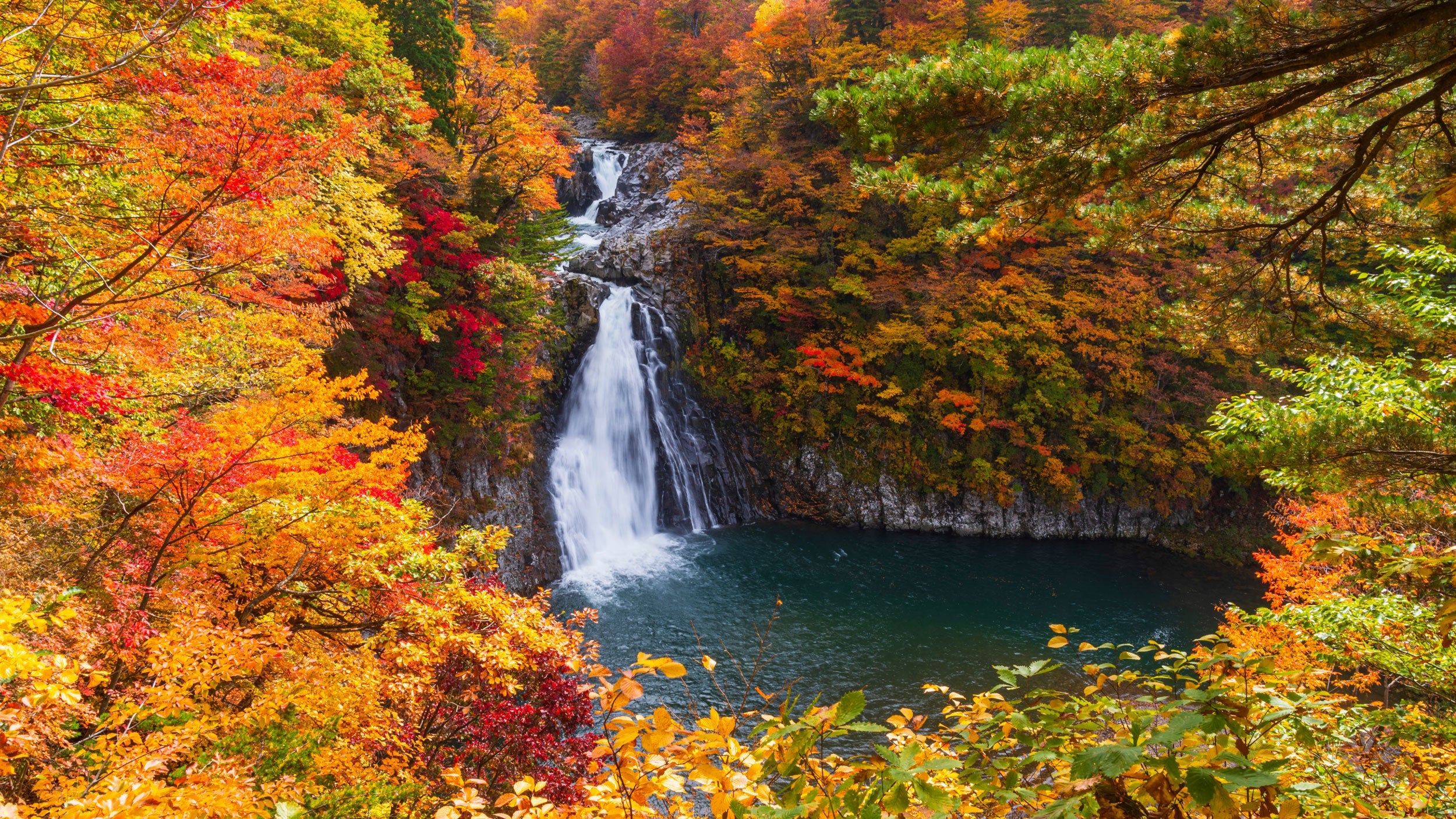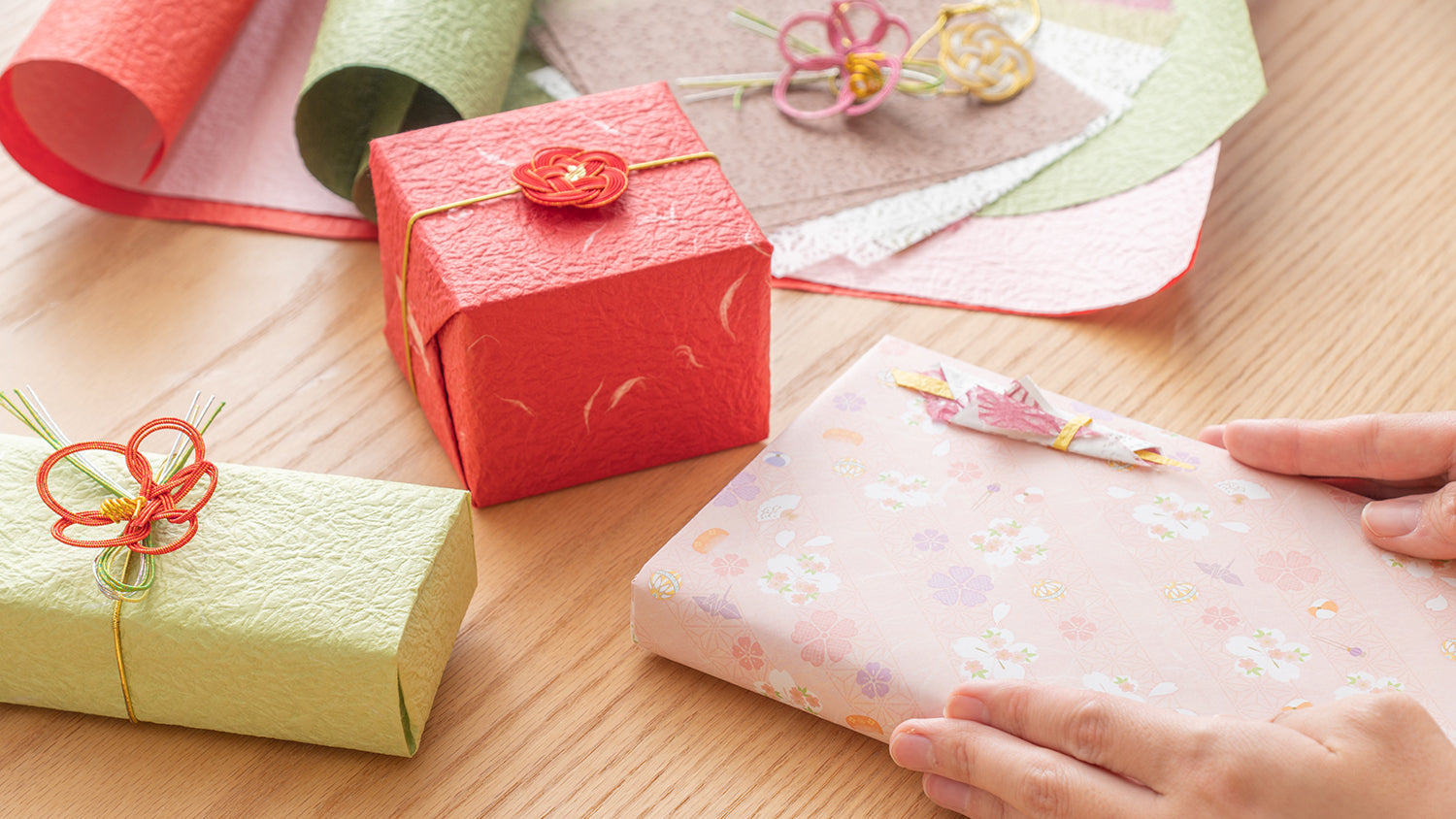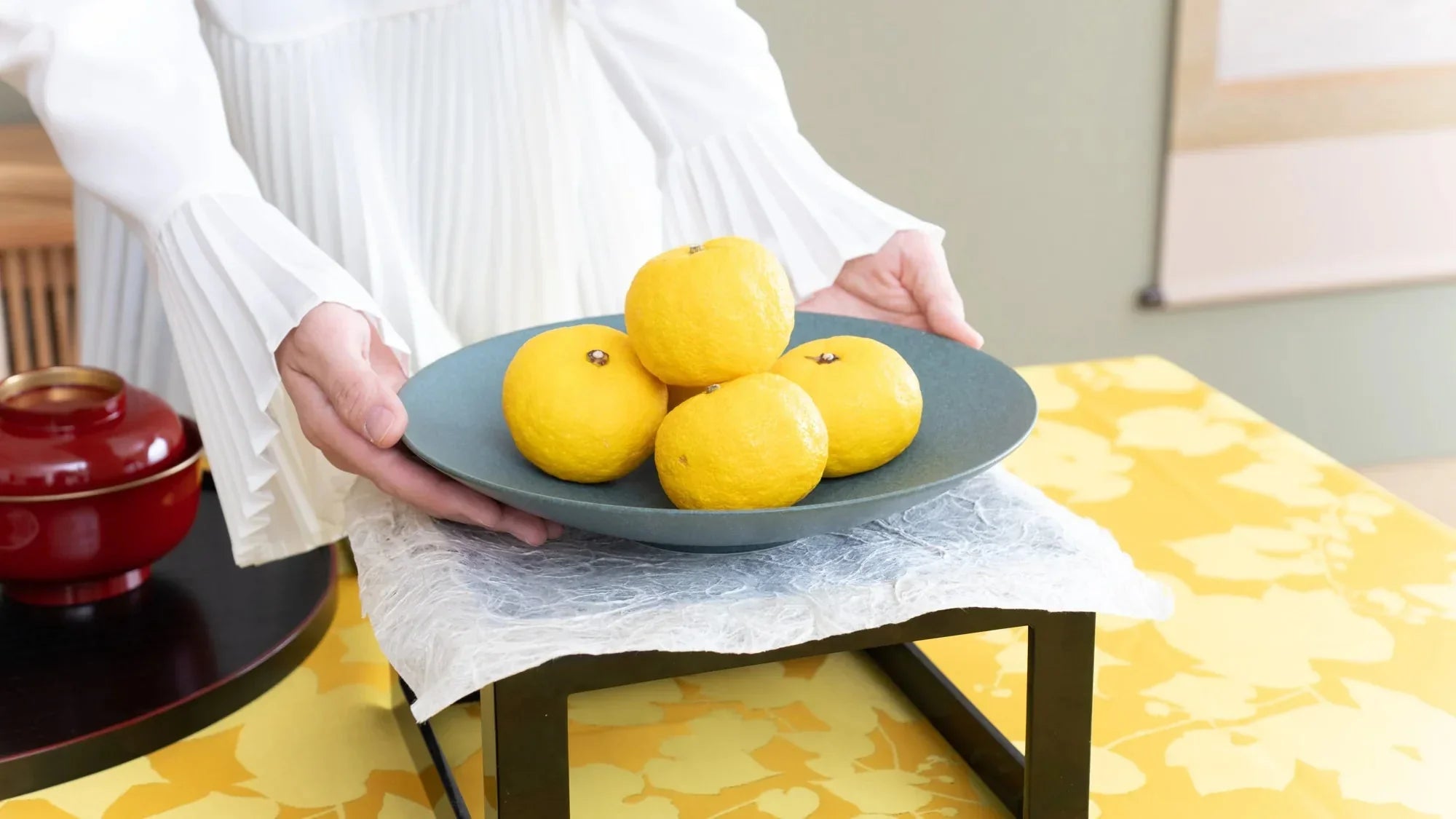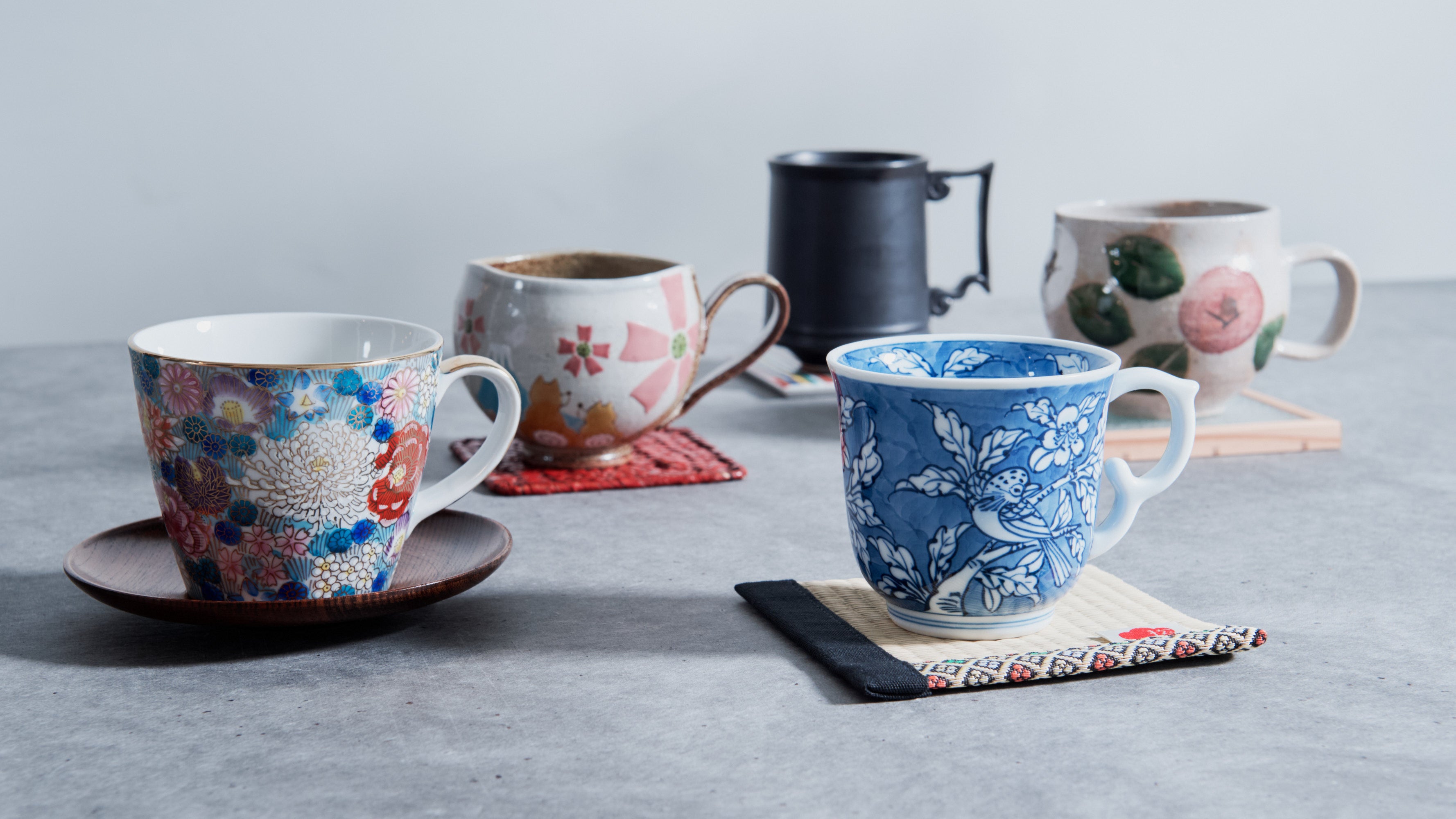
7 Tips for Thoroughly Enjoying Autumn in Japan
Written by Ito Ryo
Spring, with its cherry blossoms, isn’t the only beloved Japanese season—autumn, too, has a special place in Japanese people’s hearts.
As the muggy heat of summer gradually fades and a coolness begins to mingle with the clean air of morning and evening, we sense the faint shift that signals autumn’s arrival and our hearts quietly leap.
And that joy is not only a simple reaction to the complete shift from the difficulties of summer to a sudden environment of ease and comfort. Fall in Japan also offers many pleasures unique to the season, and a natural sense of anticipation for them sprouts from within.
Below is a selection taken from among those autumn pleasures in Japan. Read on to learn more about the joys of the season.
Table of contents
Japan’s Autumn Leaf “Hunting” Tradition
In Europe, autumn brings with it the start of game hunting season, but in Japan, what many people “hunt” instead is momiji or koyo—the changing leaves.
Japanese has the term momiji-gari, which literally means “autumn leaf hunting,” but of course that is a mistranslation. The correct English translation is “autumn leaf viewing,” referring to the custom of appreciating the beautifully colored leaves—red, yellow, and orange—of trees in fields, mountains, and parks.

Why, then, is the act of viewing described as “hunting?” One theory traces its origins back to the Heian-period (794–1185 CE) aristocrats of Japan’s capital city at the time, what is now modern-day Kyoto.
At that time, aristocrats were not permitted to travel far outside the capital except for special occasions such as visits to temples and shrines, spectating at festivals, or hunting. Moreover, it was customary to travel outdoors in ox-drawn carriages or on horses; traveling on foot was regarded as unseemly.

Yet even such aristocrats could not resist the allure of autumn colors. So to fulfill their desire to walk about on their own two feet and gaze at the vividly colored leaves in the hills and fields, they made use of a convenient pretext: hunting—one of the refined pursuits of Heian aristocrats and one of the few activities for which travel on foot was permitted. In other words, under the pretense of going on a hunt, they could maintain aristocratic decorum while entering the countryside on foot and savoring the beautiful autumn colors to their hearts’ content.
As for why Japan’s autumn foliage is beautiful enough to have so captivated the Japanese for centuries, one reason is the abundance of deciduous tree species that turn vivid colors in the fall. The leaves of many kinds of trees intermingle in a colorful mosaic, creating a spectacle unique to Japan. These scenes have been likened since antiquity to “the mountains’ makeup” or to nishiki, sumptuous brocade woven with multicolored threads.
Browse our collection featuring beautiful autumn leaves here.
A Story Hidden in Folding Screens of Autumn Flowers
The plants that adorn Japan’s autumn are not limited to changing leaves. Seven species of plants, known as the “seven flowers of autumn,” also give visual delight. These plants—bush clover (hagi), Japanese pampas grass (susuki), kudzu (kuzu), fringed pink (nadeshiko), golden lace (ominaeshi), thoroughwort (fujibakama), and balloon flower (kikyo)—are appreciated in the wild, used in ikebana, and frequently employed as motifs in crafts and painting.

For more on these autumn plants, see our article, The Seven Flowers of Autumn in Japan.
There are many masterpieces in which artists and artisans use their talent and technique to express the beauty of autumn grasses and flowers. One example is the set of folding screens Summer and Autumn Grasses (Natsu Akikusa-zu Byobu), by the painter Sakai Hoitsu (1761–1829), active in the late Edo period (1603–1868 CE).

One unique feature of this work is that it is a set of paired screens, with the grasses and flowers of summer depicted on the screen on the right, and those of autumn depicted on the left. Summer flowers such as white lilies and pink Japanese bindweed bloom on the right. On the left appear some of the seven flowers of autumn, such as white and purple kudzu blossoms, white thoroughwort, and broom-like plumes of pampas grass. Mingled in are the reddish-brown leaves and indigo fruit of the wild grape. Together, the two screens skillfully express the transition from summer to autumn.
Another point to note is the weather depicted in each seasonal scene. The leaves of the summer plants droop, their tips pointing toward the ground, because strong rain is falling at that very moment. The cloud- or smoke-like blue behind the plants represents rainwater pooling on the ground and flowing away. By contrast, the autumn plants are shown in the wind: we can tell from the way some of the green kudzu leaves have flipped over and by how wild grape leaves float in the air.
What is even more interesting is that Hoitsu painted these folding screens on the back of a different pair of screens—Wind God and Thunder God (Fujin Raijin-zu Byobu)—by Ogata Korin (1658–1716), another renowned painter and artisan of the Edo period.

On Korin’s screens, the Fujin (Wind God) and the Raijin (Thunder God) are depicted as a pair. Hoitsu painted Summer and Autumn Grasses so that the summer plants are on the reverse of the Thunder God and the autumn plants on the reverse of the Wind God. In other words, the summer grasses painted by Hoitsu are being beaten by rain brought by the Thunder God, and the autumn grasses are being blown by wind stirred up by the Wind God—a delightful piece of backstory. Originally, the two pairs of screens existed as two sides of the same object, but were later separated for preservation purposes during museum conservation work. Today, they exist as separate works.
Both Summer and Autumn Grasses and Wind God and Thunder God are held by the Tokyo National Museum, but they are not on permanent display.
The Hour That Belongs to Autumn
“Autumn is best at dusk.”
So wrote the Heian-period woman writer Sei Shonagon (c. 966–c. 1025) in the celebrated classic of Japanese literature, The Pillow Book (Makura no Soshi).

Following that opening line, she continues:
“When the setting sun shines in and draws very near to the mountain edge, even the sight of crows hurrying to return to their roosts—three or four, two or three—is deeply moving. Needless to say, the wild geese flying in formation, seen from far away as tiny figures, have a most tasteful charm.”

According to one study, crows would have been familiar to Japanese people since the Heian period. Wild geese, meanwhile, were considered emblematic birds of autumn, and their calls were thought to evoke nostalgia.
Autumn is the transition period after the energy-filled summer ends and before many plants and animals pause their activity for winter. In this season, people in Japan feel a kind of melancholy, which is especially heightened at dusk as the world gradually darkens with the setting sun. The autumn evening is one of the moments that most deeply symbolizes the season.
Autumn Nights Alive with Song
Let us continue with Sei Shonagon’s passage on autumn in The Pillow Book. After describing the formations of geese, she concludes:
“After night has completely fallen, the sound of the wind and the chirping of insects are, needless to say, wonderful.”
There were far fewer sources of noise in the Heian period compared to today, and buildings were not tightly sealed. The sounds of the outdoors must have reached the ears of people indoors at night quite easily. Sei Shonagon notes that, along with the sound of the night wind, what greatly delighted people’s ears were the sounds made by insects.

Male crickets, katydids, and bell crickets produce a variety of sounds for courtship during the autumn mating season, and the practice of distinguishing these sounds and enjoying them like one might with singing or music is called mushikiki (listening to insects). This custom began among Heian-period aristocrats and, from the Edo period onward, spread to commoners. Its sensibility is still inherited today: when we walk along night roads in fall and hear the sounds of the insects, we Japanese feel a deep, moving sense of autumn’s arrival.

There is also a theory that Japanese people process these insect sounds with the left brain, the same as language. In other words, it is thought that the Japanese perceive them not as mere environmental noise but as something akin to “words” with meaning. As you read this very article, how do you perceive the sounds that insects make?
The Cozy Joy of Reading in Autumn

Compared with summer, Japan’s autumn—with its lower humidity and temperature—is said to be the perfect season for outdoor leisure such as travel.
And as daylight hours gradually shorten compared with summer, the correspondingly longer, cool autumn nights are considered ideal for reading. From this arose in Japan the expression dokusho no aki: “autumn is the season for reading.”
The origin of this phrase is said to lie in old Chinese poems from around the eighth to ninth centuries. One theory holds that the idea of “autumn for reading” spread throughout Japan after it was quoted by one of the most representative Japanese novelists, Natsume Soseki (1867–1916), in his newspaper-serialized novel Sanshiro.

In the Japan of Soseki’s time, there was no social media or internet—indeed, not even radio or television. This fall, it might be an interesting experiment to pick up a favorite book while casting your thoughts back to an era when analogue print media like newspapers and novels had far greater influence than they do today.
“The Moon Is Beautiful, Isn’t It?” = “I Love You”
Continuing on the topic of novelist Natsume Soseki:
A widely circulated anecdote from Soseki’s time as an English teacher tells of an assignment he gave his students: how to translate “I love you” into Japanese. Finding none of his students’ translations interesting, Soseki told them, “The Japanese don’t say such [straightforward] things. Saying ‘The moon is beautiful, isn’t it?’ would be more than enough.”

Even if we take this anecdote as the truth, we cannot limit the “moon” in Soseki’s words to the moon seen in the fall. However, because Japan’s autumn air contains fewer impurities, autumn is the season in which the moon’s beauty stands out most among the four seasons.
Particularly beautiful is the moon on the night of the fifteenth day of the eighth lunar month (Jugoya, around mid-September to early October) and the moon on the night of the thirteenth day of the ninth lunar month (Jusanya, around mid-October to early November). Both are based on the lunar calendar, so the dates vary by year.
The moon seen on Jugoya is also called the “Harvest Moon” or Chushu no Meigetsu. For details, see our blog Chushu no Meigetsu: Illuminated Whispers of the Full Moon.
The moon of Jugoya is also known as ImoMeigetsu (“Taro Moon”), because taro was traditionally offered when viewing it; the Jusan-ya moon, too, is sometimes called Mame Meigetsu (“Bean Moon”) or KuriMeigetsu (“Chestnut Moon”) after the offerings of edamame or chestnuts. Taro, beans, and chestnuts were staple foods in Japan before rice cultivation began.
“The custom of viewing the moon in Japan likely dates back to the Jomon period, more than 10,000 years ago. In autumn, when taro, chestnuts, beans and so on came into season, people probably gazed at the moon while giving thanks for those harvests, and that may have been the primitive origin of moon viewing,” says folklorist Shintani Takanori.
In modern Japan, the appearance of autumn’s full moon is enjoyed as a motif in various dishes and sweets eaten in the fall. Especially popular are the many foods that use an egg yolk to represent the full moon: soba, udon, tsukune(*1), gyudon(*2), hamburgers, and more—the variations are many. Because they let you enjoy a simulated moon-viewing on a plate, the names of these dishes are characteristically prefixed with tsukimi(“moon viewing”).
*1 Tsukune: A dish made by mincing chicken, shaping it into balls, and cooking it.
*2 Gyudon: A dish of thinly sliced beef simmered with onions in a sweet-savory sauce and served over white rice.
Japan’s Autumn Table of Delicious Fish
Autumn is the season when many foods come into their prime and deepen in flavor. Everything tastes good, and one’s appetite naturally increases.
Among the rich seafood catches in Japan—a nation surrounded on all sides by the sea with a long tradition of fish consumption—there are many fish whose peak season is autumn. Saba (Mackerel), sanma (Pacific saury), katsuo (bonito), sake (salmon), iwashi (sardines) are representative examples. And as I write this article in the autumn of 2025, the fish making the news for their abundance are sardines.

The cause of this explosive bumper catch of sardines—said in some regions to be up to 1,890 times higher than last year’s catch—is not yet well understood, but experts appear to point to a connection with changes in ocean current patterns.
A phenomenon known as “iwashi-gumo” (sardine clouds) was once seen by Japanese fishermen as a harbinger of a great sardine catch. These are patchy clouds that float in the autumn sky like massive schools of sardines. These cirrocumulus clouds tend to form with a low temperature above the cloud layer and a high temperature below. English-speaking regions call them "mackerel sky” for their resemblance to the spotted pattern on a mackerel’s skin. Have you ever seen such clouds?


Whether sardines or mackerel, the autumn fish introduced here can all be enjoyed in all kinds of Japanese dishes, including sushi—well worth remembering if you have a chance to visit Japan in autumn.
Japanese people have enjoyed the season of autumn with all five senses for over 10,000 years. As a Japanese person myself, although I may not be consciously aware of this in my daily life, writing this article made me realize again, to my surprise, just how wide-ranging this enjoyment of autumn really is.
If any of the topics introduced here resonate with you or pique your interest, you might try experiencing them during an autumn trip to Japan. It would be an excellent opportunity to encounter this particular facet of Japanese culture.
Plus, autumn designs such as autumn leaves, grasses and flowers, and the moon often make an appearance on Japanese tableware. By adding such pieces to your table or decor, even those outside of Japan can fully feel the charm of a Japanese autumn.









Leave a comment
This site is protected by hCaptcha and the hCaptcha Privacy Policy and Terms of Service apply.